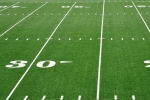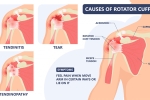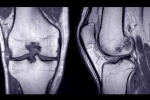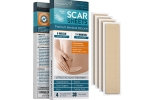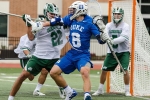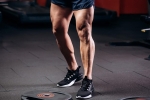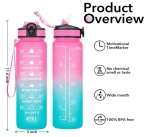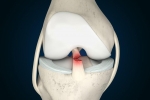Blog Archive
Fantasy Football: When Will that Athlete Return from Injury?
Welcome to another episode of Game Plan! These Game Plan episodes are specifically designed for patients – to hopefully answer some of the questions you have about the most common sports medicine conditions and surgical treatments. But today’s episode is a little different and we’re excited about it!
What is a Rotator Cuff Tear?
A rotator cuff tear is a common shoulder injury that involves a tear in one or more of the tendons that make up the rotator cuff. The rotator cuff is a group of four muscles and their associated tendons that surround the shoulder joint, providing stability
What Imaging is Needed for ACL Revision?
Imaging plays a crucial role in planning a revision anterior cruciate ligament (ACL) surgery. It helps assess the previous surgery's outcomes, the condition of the knee joint, and the reasons for the failure of the initial reconstruction. Key imaging modalities used include: 1. Magnetic Resonance Imaging (MRI) Assessment of Graft...
Why Do Surgical Scars Darken?
A darkened surgical scar is relatively common and can result from various factors, including: Hyperpigmentation: This occurs when excess melanin, the pigment that gives skin its color, accumulates in the area of the scar. It's more common in individuals with darker skin tones. Post-Inflammatory Hyperpigmentation (PIH)
How to Rehab from an ACL Injury
On today’s episode we’re rebooting our most popular episode of all time which focuses on rehabilitation of ACL surgery with Candace Townley Cox, a Doctor of Physical Therapy and body movement expert at Evolution Physical Therapy.
BEAR ACL: Clinical Trial Updates (Live from AOSSM 2024)
Today’s episode is going to focus on the level I clinical trials evaluating the Bridge-Enhanced ACL Repair or “BEAR”, including an update from the ongoing multicenter RCT – the BEAR-MOON trial! We are joined today by two outstanding guests! Dr. Brett Owens is a professor of orthopedic surgery at the Brown...
How to Stretch Your Quad after ACLR Surgery with Quad Autograft?
Stretching your quadriceps after a quad autograft harvest is crucial for maintaining flexibility, reducing tightness, and aiding in recovery. However, it's important to do so carefully to avoid injury. Here are some safe and effective quadriceps stretches that you can perform post-surgery, typically starting once your surgeon or physical therapist...
What Should I Eat Between Games?
Between tournament games, it's essential to refuel with foods that provide quick energy without causing digestive discomfort. Here are some suggestions for snacks and light meals to eat between games: Quick Snacks Fresh Fruit: Bananas, apples, oranges, and berries are great for quick energy. Fruit Smoothies: Blend fruits like bananas,...
How to Hydrate Youth Athletes During Tournaments?
Hydration is crucial for youth athletes, especially during tournaments when they have multiple games or events in a day. Proper hydration helps maintain performance, prevent heat-related illnesses, and aid in recovery. Here are some strategies to ensure youth athletes stay well-hydrated: Before the Tournament Hydration Preparation: Ensure athletes are well-hydrated...
How to Choose an ACL Surgeon?
Choosing the right surgeon for your ACL reconstruction is crucial for ensuring a successful surgery and recovery. Here are steps and considerations to help you make an informed decision: 1. Research and Referrals Primary Care Physician: Start by getting a referral from your primary care physician or sports medicine doctor....

